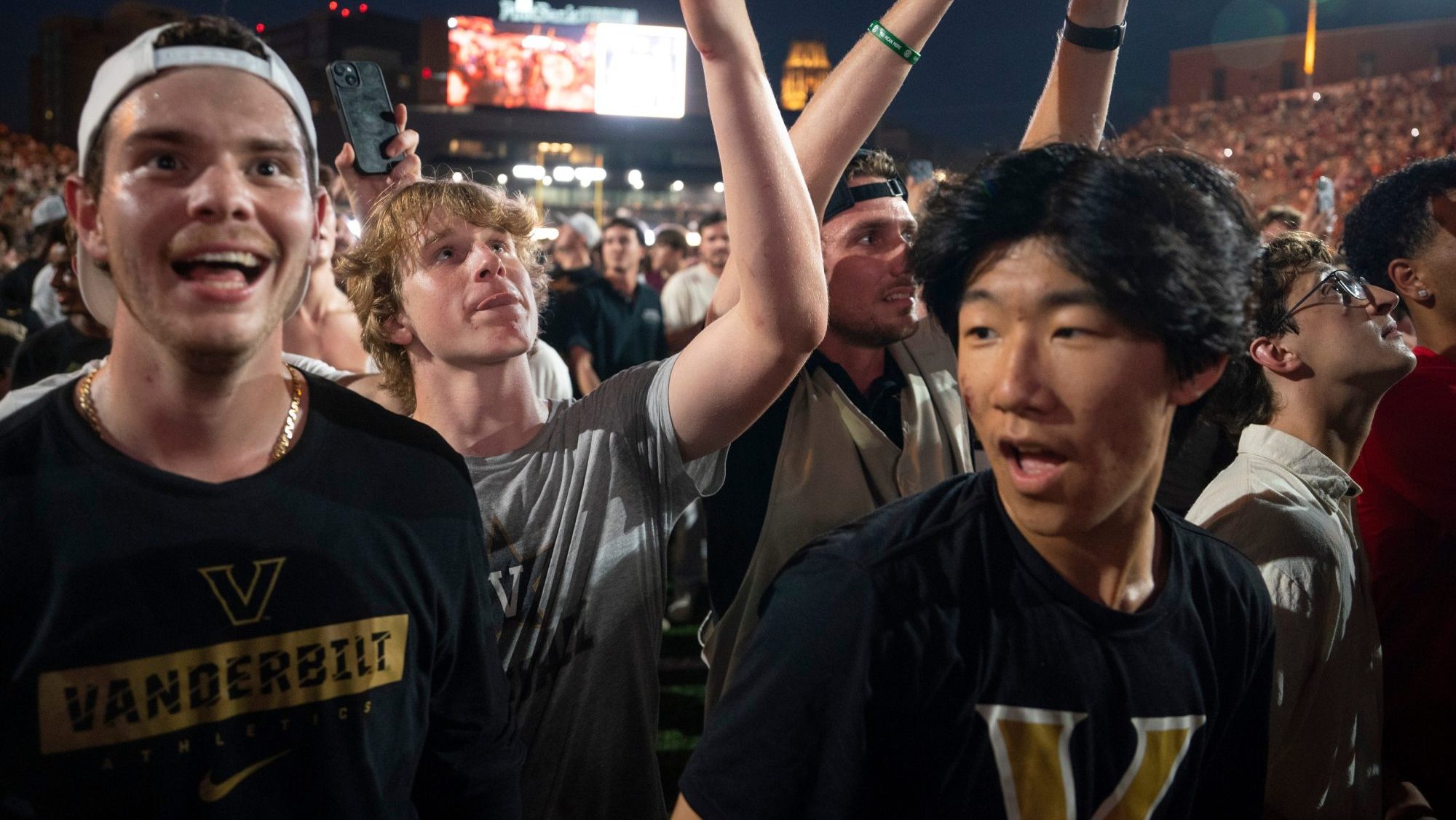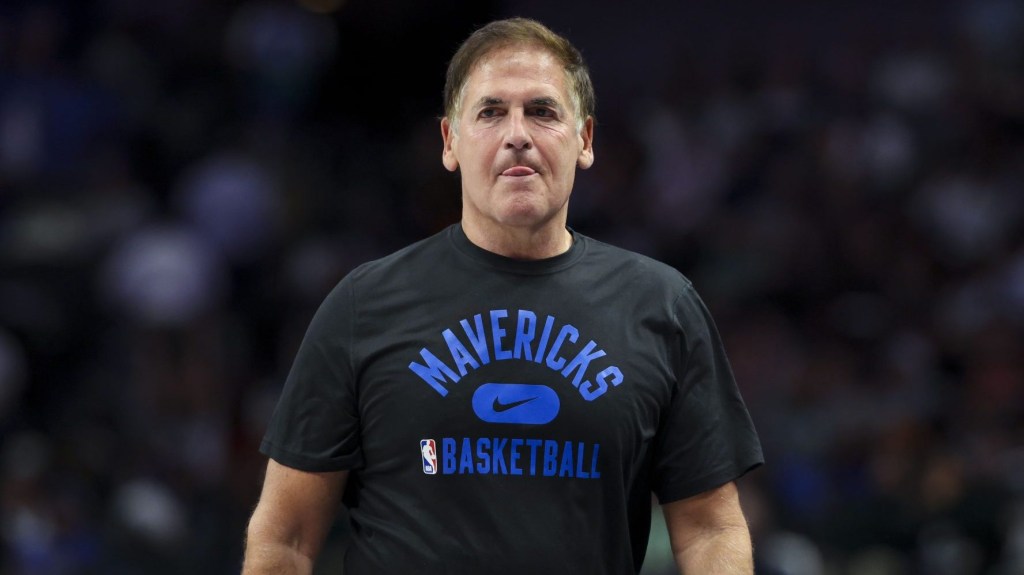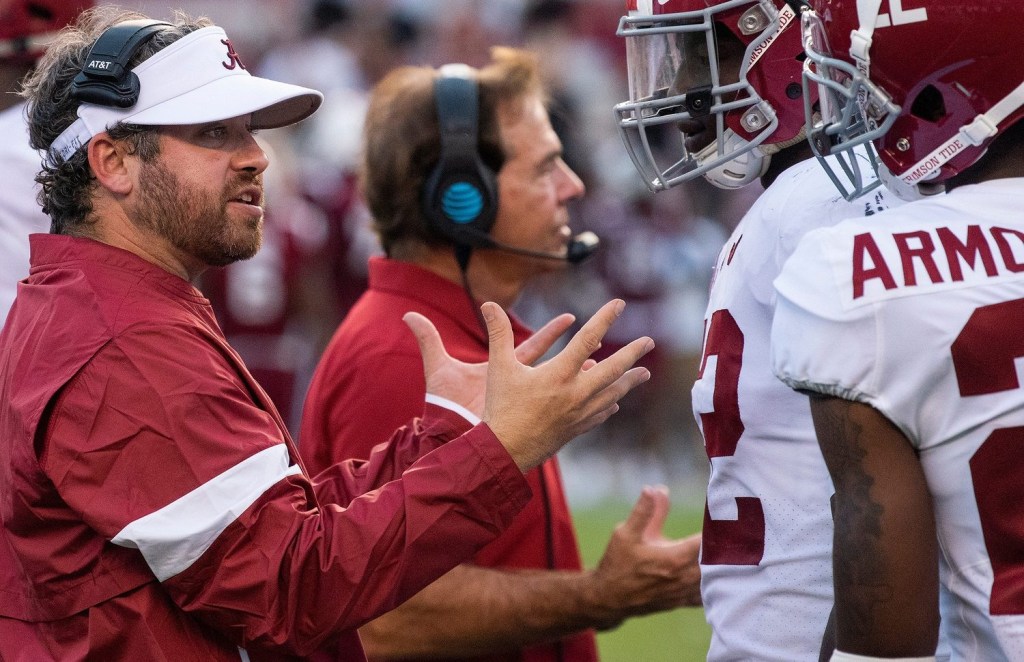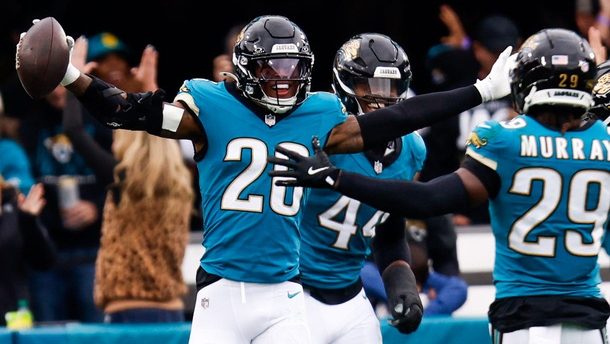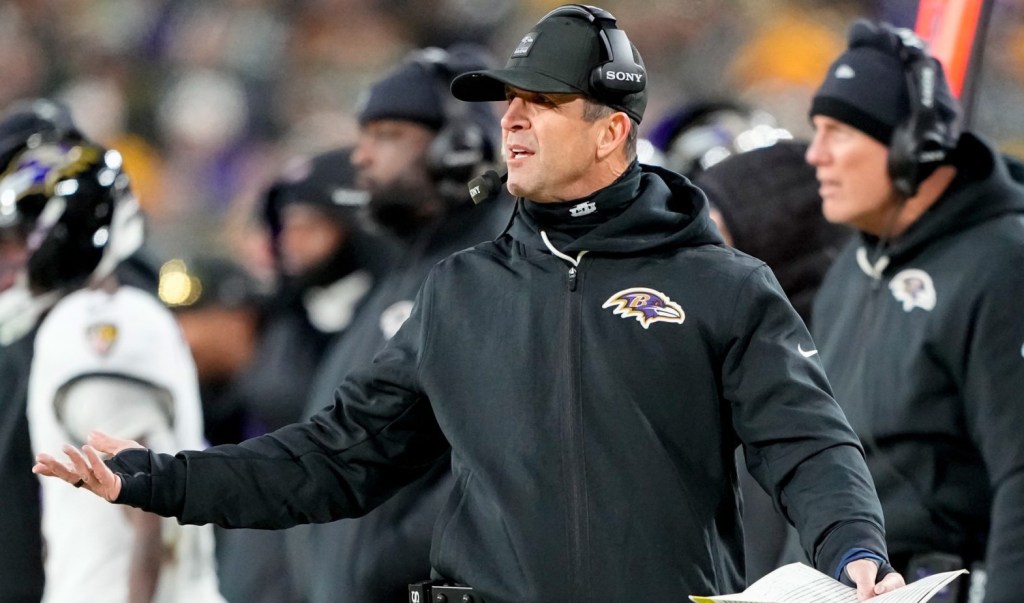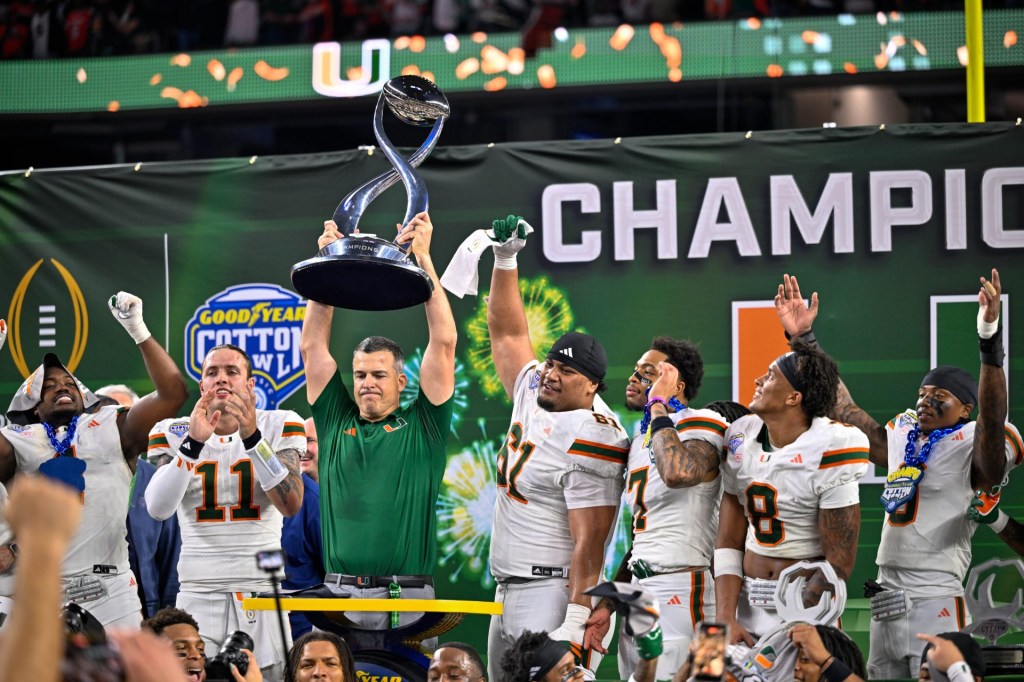When Alabama faced Vanderbilt on Oct. 5, Alabama was 4–0, No. 1 ranked, and it looked like in the first year of the post–Nick Saban era, the Crimson Tide were set to roll to the College Football Playoff as usual. (Alabama has made the Playoff in eight of the 10 years since the CFP replaced the old BCS system, and won it in three of those years.)
But then Alabama lost to a 2–2, unranked Vandy team. And then Alabama lost again, two weeks later, to Tennessee. This year’s preseason No. 1 Georgia has already lost once. So has Ohio State. This is the first year since 2007 that no SEC team is undefeated at the start of November.
This is the first year of the expanded 12-team Playoff, and in two days we’ll get the season’s first CFP rankings. The Week 10 AP top 25 poll has a slew of names we are not used to seeing there, including BYU, Indiana, Pitt, SMU, and Army.
Meanwhile in the NFL, the Chiefs are 7–0, and look destined to three-peat. Snooze. A recent Wall Street Journal headline nails it: “They’re the NFL’s Best Team. Why Are They So Boring?”
In the college game right now, it feels like anything can happen on any given Saturday.
“Since the start of the CFP era, college football has had a parity problem,” says our FOS college sports reporter Amanda Christovich. “A rotation of the same teams made the four-team bracket each year, leaving little room for the ‘Cinderella story’ effect college basketball has captured so well.” Now, with the 12-team format, we’re guaranteed more surprises—if not quite Cinderellas.
In the last few years we’ve seen major sea changes in college athletics: the rise of NIL (name, image, and likeness) deals, allowing schools to lure players with promises of a payday from boosters; conference realignment mania, which in football has meant an expanded SEC and Big Ten; and the loosening of transfer portal restrictions, allowing players to jump schools more than once in a year.
Are those changes prompting the parity on the field? It’s complicated.
NIL and the transfer portal have “helped level the playing field,” in Christovich’s view. “If donors put up the money, they can help their schools elevate to the next level almost immediately by recruiting players with unlimited opportunities to switch teams.” That is the effect that schools like Indiana and Vanderbilt have harnessed to their advantage this year.
ESPN’s Pat McAfee sounds like he agrees. Saturday morning on ESPN’s College GameDay from the campus of No. 3 Penn State before its game against No. 4 Ohio State, he remarked, “I think the big story of this game, and this season with the top-5 matchups, is not only the expansion of conference realignment and everything like that, but this transfer portal and NIL has really delivered for us as college football fans.”
I also asked ESPN college sports reporter David Hale for his take, and he is not as convinced that the sport’s structural changes are directly to thank for parity on the field. “It is unquestionably a year that has afforded more surprise good teams, and I would struggle to say there’s a clear-cut great team,” he says. “But I’m still a bit of a pessimist that the rich don’t consistently get richer. I think this is probably an exception year, rather than a new rule.”
The ability to use NIL money to get top recruits, plus the freedom of those recruits to jump into the transfer portal, creates a situation basically akin to free agency in other pro sports. And just like in other sports, Hale points out, “You can win in free agency, but you can also put together a really expensive roster that stinks.”
The onset of the 12-team Playoff makes Tuesday’s CFP rankings release even more anticipated than in a typical year. (I can’t think of anything else happening Tuesday, can you?) The 12-team structure means two losses isn’t an automatic death knell. Alabama, even with two losses, could very well still get in. Me? I’ll be rooting for the underdogs and reveling in the college chaos.
